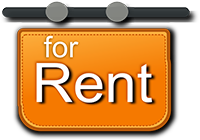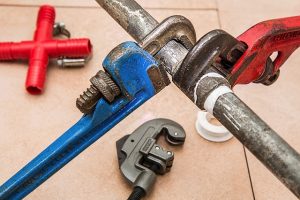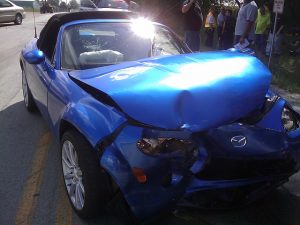 Employees are entitled to a safe work environment. Any unwelcome sexual conduct, including slurs, physical assaults or interference with work, is considered harassment and violates federal law. If you or someone you work with is the victim of sexual harassment, learn how to tell your co-worker to stop.
Employees are entitled to a safe work environment. Any unwelcome sexual conduct, including slurs, physical assaults or interference with work, is considered harassment and violates federal law. If you or someone you work with is the victim of sexual harassment, learn how to tell your co-worker to stop.
Take it Seriously
Any incident of sexual harassment is a big deal. Don’t dismiss the little touches on the arm or the subtle innuendo. Every incident of sexual harassment is illegal and wrong. Plus, it’s degrading and negatively affects office morale, and if you let it ocntinue, the offender can argue that you were okay with it, which could hurt your case.
Write It Down
Documentation of sexual harasment is important. Whether the incidents happened a minute or a year ago, record as much about them as you can in a formal letter. It should include when the incident happened, where you were, who was involved, what was said and the witnesses. Keep a digital and paper copy of the letter in a safe place for future reference.
Confront the Offender
The Equal Employment Opportunity Commission (EEOC) recommends that you address sexual harassment as soon as possible to show the offender that you have taken a stand against harassment. This step is important if you decide to sue later and removes any argument that the harassment isn’t a big deal.
When confronting a sexual harasser, be professional, firm, direct and specific. Tell him or her what you don’t like and how it makes you feel. If you need support, ask someone you trust to participate in the conversation with you. You should also send the offender a copy of your documentation letter, the company’s sexual harassment policy and a clear statement asking him or her to cease the offending behavior.
Maintain Distance
Stay away from the offender as much as possible. If you work with him or her every day, continue your professional relationship but avoid unnecessary contact.
File a Complaint
If the harasser doesn’t listen when you confront him or her, follow EEOC protocol and file a complaint with your employer. Follow every detail of the company’s sexual harassment reporting policy, save a copy of your compliant and record when you filed it and with whom.
Go to Court
Your employer is obligated by law to investigate any sexual harassment complaints, but the harassment may continue. In this case, contact the EEOC and file an administrative charge. The EEOC will review the documents and then authorize you to sue, set up mediation between you and your employer or dismiss the claim.
Sexual harassment is illegal and wrong. If you’re the victim, confront the offender. Talk to your HR manager for more information as you create a safe workplace environment.














